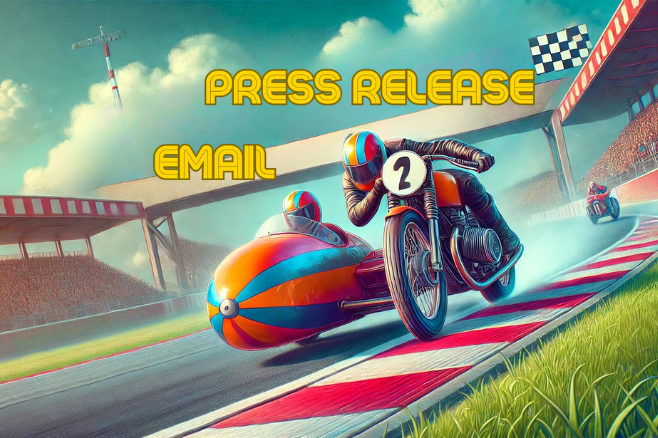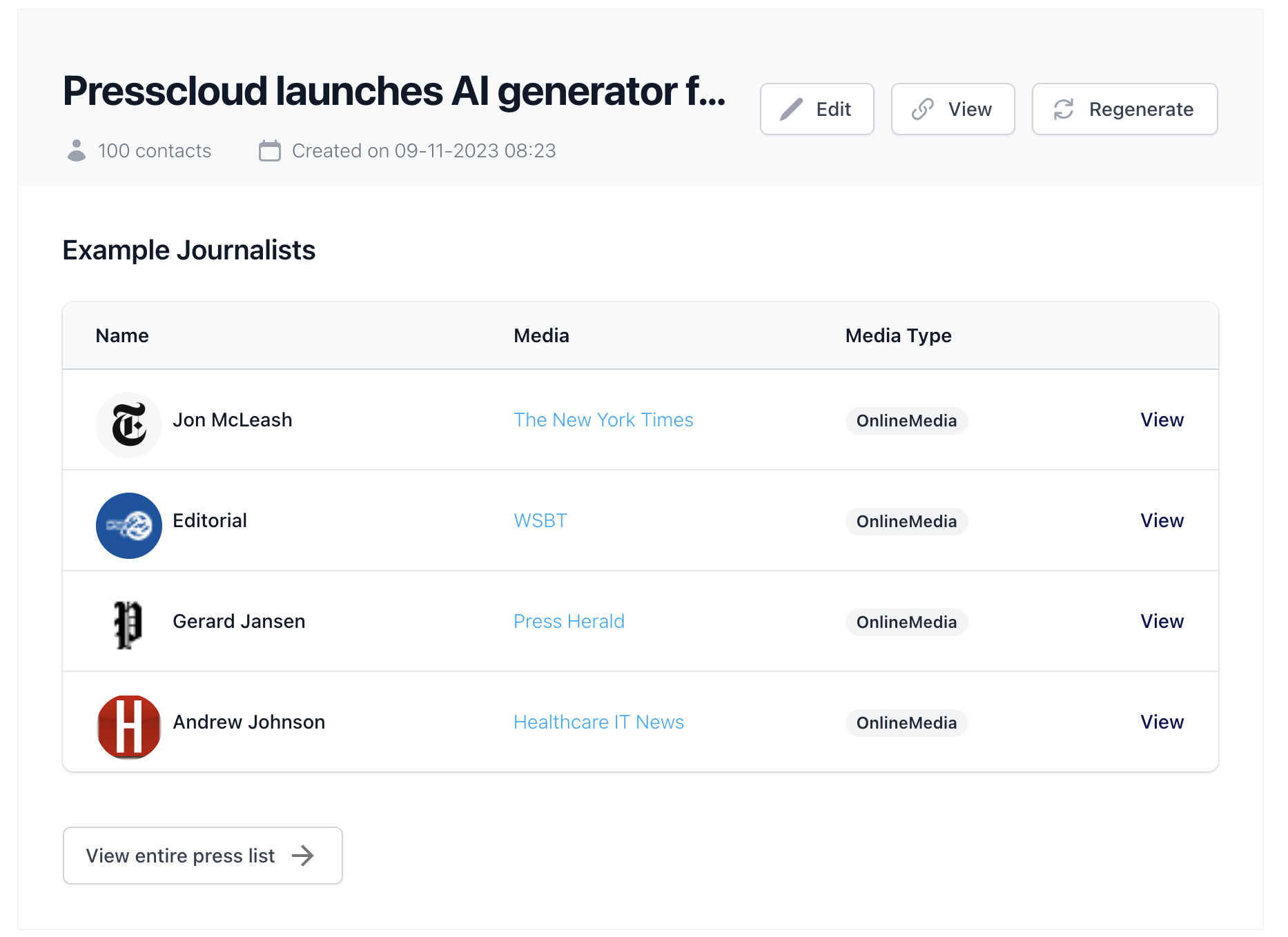Writing an effective accompanying email for a press release can make the difference between getting media attention or not. In a previous blog, we already provided an example of an accompanying email, but we received requests for more examples. Your wish is our command!
A good accompanying email contains enough information to pique the journalist's interest without giving everything away. Here are three methods to structure an accompanying email:
Presscloud has set a standard text as an accompanying email. This text is essentially foolproof but does not provide information about the press release. However, it is very easy to customize to your liking, such as an invitation to an interview. It is the ideal standard—hence the standard method.
"Dear [Journalist's Name],
We would like to share the following press release from [Company X].
If you have any questions, feel free to contact me via the information below.
Best regards,
[Spokesperson's Name]
[Company X]"
This method closely resembles the example in the previous blog. The simplest approach is a concise email with the essence of the press release. Summarize the main details in a few sentences: the 5 W’s (Who? What? Where? When? Why?) and optionally a short quote. The advantage of this method is that journalists immediately grasp the essence of your message. A good example of a short accompanying email could be:
"Dear editorial team,
We are sending you a press release about [subject]. [Company X] recently announced [important development], which could significantly impact the [sector] market. We believe this news perfectly aligns with your readers' interests. If you have any questions or would like an interview, you can reach me via [contact information].
Best regards,
[Spokesperson's Name]"
This method is suitable for journalists who have little time. Use 3 to 4 bullet points to summarize the key points of your press release. This allows the journalist to quickly determine if the topic is relevant. For example:
"Dear [Journalist's Name],
In the attached press release, we share the news about [subject]. Below is a brief overview:
- Who? [Company X]
- What? Launch of [product or service]
- When? [Date]
- Why? This product offers a unique solution for [problem] in [sector].
For more information, you can check the press release or contact us via [contact information].
Best regards,
[Spokesperson's Name]"
- Subject line: This is your first chance to capture the journalist's attention. Make it clear and relevant, just like the title of your press release, for example: “[Company X] launches groundbreaking product for [sector]”.
- Avoid attachments: Do not send heavy attachments. Instead, add a link to your Newsroom, so the journalist can easily access all the necessary information.
Conclusion
A well-written accompanying email for a press release significantly increases the chances of publication. Ensure your key points are short and powerful, provide clarity with bullet points, or include the full press release for a comprehensive approach.




